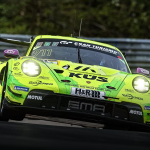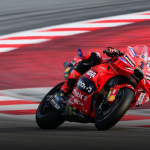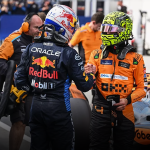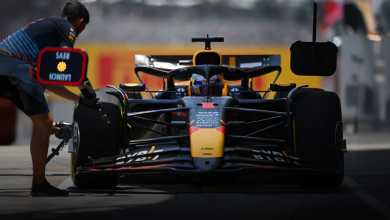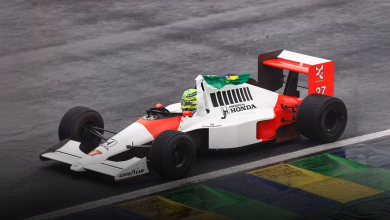The benefits and pitfalls Red Bull and Aston will face with new wind tunnels

Aston Martin and Red Bull are set to have new wind tunnels, but what kind of challenges will this present?
Both Aston Martin and Red Bull have access to good wind tunnels and have produced – certainly in Red Bull’s case – some exceptional machinery over the past couple of years.
Choosing to throw millions at a new wind tunnel, since a new facility doesn’t guarantee performance, is something of a calculated risk. If an old tunnel is good enough, it can be retrofitted with new machinery to bring it up to date without the need to delve into a brick-and-mortar rebuild.
Yet even the spryest of athletes, even those close to the zenith of their discipline, eventually start to creak – and the cost of maintaining an old building often starts to increase exponentially.
Aston Martin and Red Bull both have vastly differing reasons for sinking their capital expenditure budgets into new facilities. Firstly, Aston Martin has been relying on Mercedes’ tunnel since 2019, and since Lawrence Stroll’s takeover has been keen on standing on its own two feet with an entirely in-house operation. Of course, the under-construction tunnel played a noteworthy role in wooing legendary designer Adrian Newey to the team.
For Red Bull, a new tunnel is part of an effort to modernise. In the Milton Keynes squad’s case, its Bedford facility – a “Cold War relic”, per team boss Christian Horner – has been continually evolving in order to keep it up to date, but evidently it was felt that starting from a clean slate was a preferable solution for the future.
Ex-Formula 1 designer and aerodynamicist Jean-Claude Migeot, involved in the development of numerous wind tunnels over his lengthy career, reckons that the current regulations have placed further emphasis on having dynamic testing facilities in the wind tunnel.
This is something that cannot be achieved with a standard set-up of force monitors and a rolling road. The genesis here was at the start of 2022, where teams did not encounter the complications of porpoising and bouncing until testing thanks to the limitations in their wind tunnel facilities.
“The only good reason I can see is changing completely the model support system which, if you do it in your tunnel, your tunnel is going to be stopped for three months and that’s not reasonable, especially if you are on the front lines,” says Migeot.
“If you are last, you can afford to be last for another season. But if you are fighting, you don’t want that. So the only solution is you rent another tunnel, or you upgrade yours.
“The big news in aerodynamics these days is the instability in the high-speed and coupling with the suspension. If you don’t have that in the tunnel, you want to have it. It’s a big investment, but if you’re rich, that’s the way to go.
“It’s pitching and heaving at a level of velocity which can generate these forces. So the current system everybody uses is electric, and it’s too slow because it’s never been designed to do that.
“For static testing or continuous acquisition, whatever, it’s perfect. But if it’s moving millimetres per second and if you want to shake the model at 10 Hz to show some numbers, you can’t do that with electricity. With an electric system, you have to go hydraulic and this is a big change inside the tunnel.”
If the 2026 regulations end up delivering on their promise to reduce the depth of the Venturi tunnels, then the investment in dynamics testing would not necessarily become a priority. It largely depends on how the team-influenced modifications to the next ruleset emerge.
After the aforementioned commissioning phase, calibration can begin. This usually involves using a model for which data can be gathered in the old tunnel, and then directly compared with the same data in the new facility.
Fidelity between the two may differ, and naturally one can see the issue of correlation being raised again if the old tunnel produced improper readings, so this is another area for the teams to work out. Migeot says that, even with two identical tunnels (citing his own Aerolab and Fondtech projects), they can produce very different data sets.
The final phase is running the gamut of old upgrades in the wind tunnel to check that the data matches and, potentially, reveal insight into why an aerodynamic concept didn’t work if the new tunnel allows it.
“[Aston] probably has a correlation model, and you have your old data from Mercedes,” Migeot adds. “And you want to know how much is the difference; is the difference the same in Monza configuration, or Monaco configuration? That is, again, taking time. But once that is good, you can rush on your development program and bring it to the track.
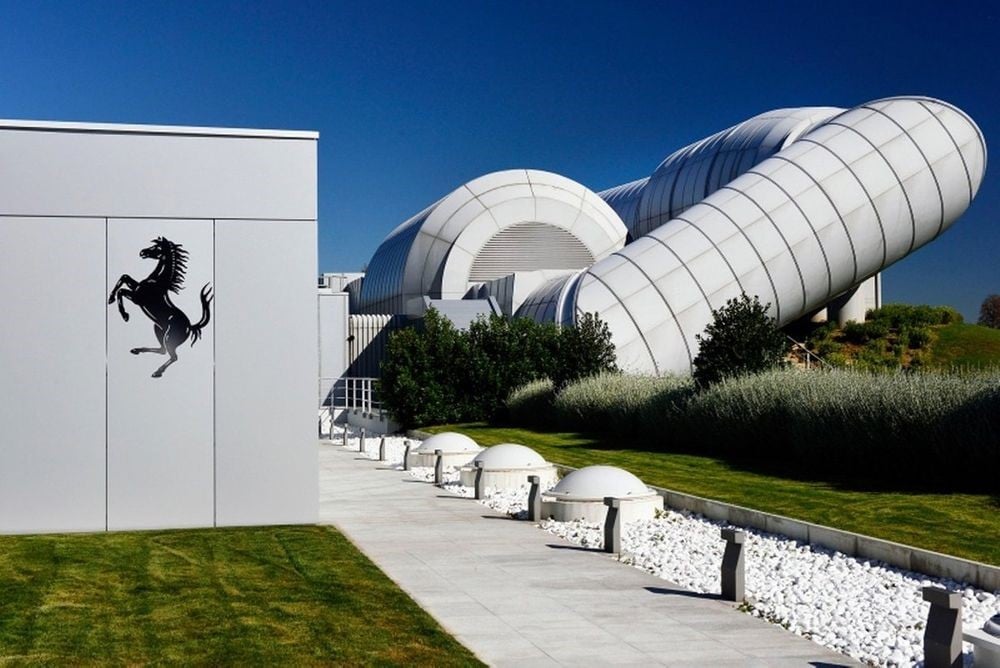
“From then, every year you will run correlation sessions on the track. So, certainly bringing on a new tunnel is a big task.”
Ultimately, Migeot says that a new wind tunnel cannot influence a team itself. It can offer greater latitude with simulation tools, or in helping to inform where the clear benefits or drawbacks of a new upgrade solution lay.
But it’s up to the people in the aerodynamics team to understand the new facilities and to interpret the data correctly so that it can feed into the next project.
That’s the real challenge for Aston Martin and Red Bull in the near future. It’s great having a state-of-the-art kit but, if it’s only used to a tenth of its capacity, it’s not being used effectively.
And if a team gets it right, the perceived boost of a new wind tunnel will certainly become more tangible than just hot air.








